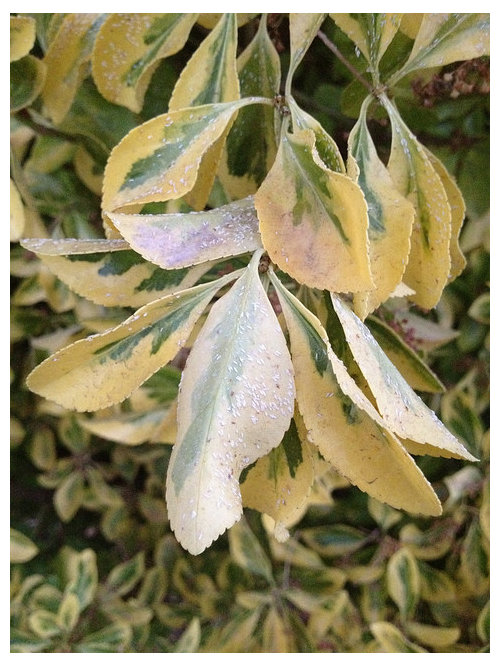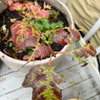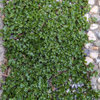Euonymous Scale?
oberci
11 years ago
More Discussions
Sigh... I just started gardening and I feel like 90% of what I'm doing is identifying pests/diseases and figuring out how to treat them. Our home was vacant for a year and a half before we bought it and the garden was kind of neglected, although it doesn't look too bad...until you get up close and personal with the plants. Can;t wait to get everything under control so I can actually get to the fun stuff.
From what I can gather from searching google, it looks like what I have on several of my Euonymous varieties outside is "Euonymous Scale". Can someone on here possibly confirm this? What do I do to treat it?





ken_adrian Adrian MI cold Z5
rhizo_1 (North AL) zone 7
Related Professionals
Lake Oswego Landscape Architects & Landscape Designers · Westwood Landscape Contractors · Wilmington Landscape Contractors · Edmond Landscape Contractors · Maple Valley Landscape Contractors · Chattanooga Landscape Contractors · Elkridge Landscape Contractors · Florham Park Landscape Contractors · Lynn Landscape Contractors · North Plainfield Landscape Contractors · Painesville Landscape Contractors · Smyrna Landscape Contractors · Tewksbury Landscape Contractors · Twin Falls Landscape Contractors · Canyon Lake Stone, Pavers & Concreteken_adrian Adrian MI cold Z5
scottys
oberciOriginal Author
rhizo_1 (North AL) zone 7
oberciOriginal Author
Kimmsr
rhizo_1 (North AL) zone 7
IpmMan
IpmMan
Kimmsr
scottys
rhizo_1 (North AL) zone 7